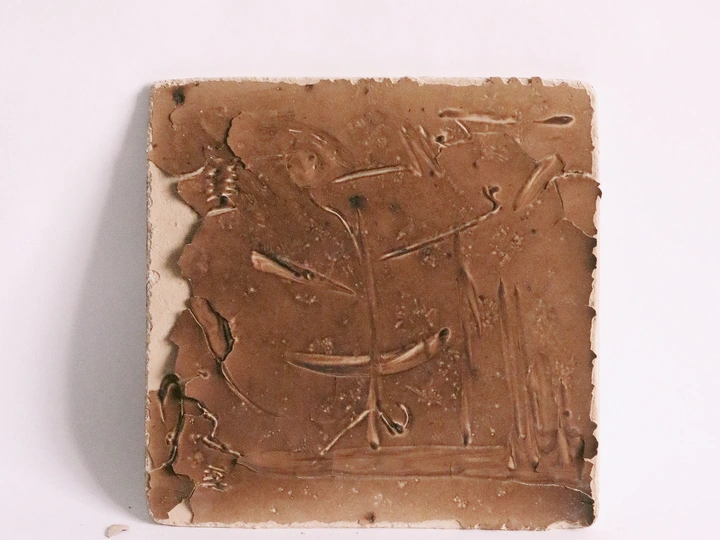Intangible Language of a Civic Sanctuary

Lucia Lanzalaco (b. 1996) is a multidisciplinary artist, born and raised in South London and is of Filipinx & Sicilian background. Growing up around South-east Asian, Caribbean, African and European cultures within the context of the UK, and most recently teaching English in Germany in the last year, she has developed her perspective on the world and the built environment through the lens of always being mobile across cultures and identifying cultural nuances like a sixth sense.
During their time completing a BA (Hons) Architecture degree at Central Saint Martins in 2019, they displayed a heightened sensitivity towards the composition of spaces, paying particular attention to the sculptural and sensuous qualities of space. She's continued to be drawn to spatial thought and has explored this through her art practice, jobs in various industries including research for the Mayor of London and UK census data collection. The strength of her spatial thinking led to being a published contributor to the Conscious Cities Anthology 2021 and exhibiting at Arthousehaus, which was a response to 'The poetics of space'.
Since 2014, she has taken annual independent design trips, which has shaped her critical spatial sense and heightened her design consciousness. At the moment, she is consolidating the above experiences to her developing concept of 'Intangible Language' that is on the search to listen and find the essences of human language beyond what we are conditioned to be.
In the context of London, what 'care' and 'sanctuary' looks like to people varies on an extreme scale. Organisations, communities, programmes, telephone lines, pop-up spaces all exist ephemerally or sometimes permanently; always woven subtly in the fabric of the society, but never visible in the public realm.
Research clearly demonstrates evidence about the connection between health and the built environment, where you live, especially if you had no choice in the matter, can make you sick. The concoction of air, light, and sound pollution paired with lack of access to nature - inaccessible geographically or infrastructurally or financially unviable, equates to inaction at citizen level in a local area of London. This is an immediate environment crisis intersecting with systemic issues, but under the guise of 'it's just a poor area'.
The Post-Capitalism Era isn't going to use its economic output to care for citizens. Awakening our senses towards defining new typologies outside of the architecture sphere, with a new language of 'Embracing Complexity' is a vision the idea seeks to bring into the public lexicon. This looks like centralising certain services and communities that act as an alternative hub of care held within a collection of spaces, like a hospital complex instead formed of buildings with flexible programmatic conditions e.g. reading rooms, prayer rooms, mental health organisations, mini garden allotments, spaces of sounds only.
If the built environment no longer serves, cares or keeps citizens safe and healthy citizens unwell, isn't it time for an updated and alternative vision of care based upon people's livelihoods?